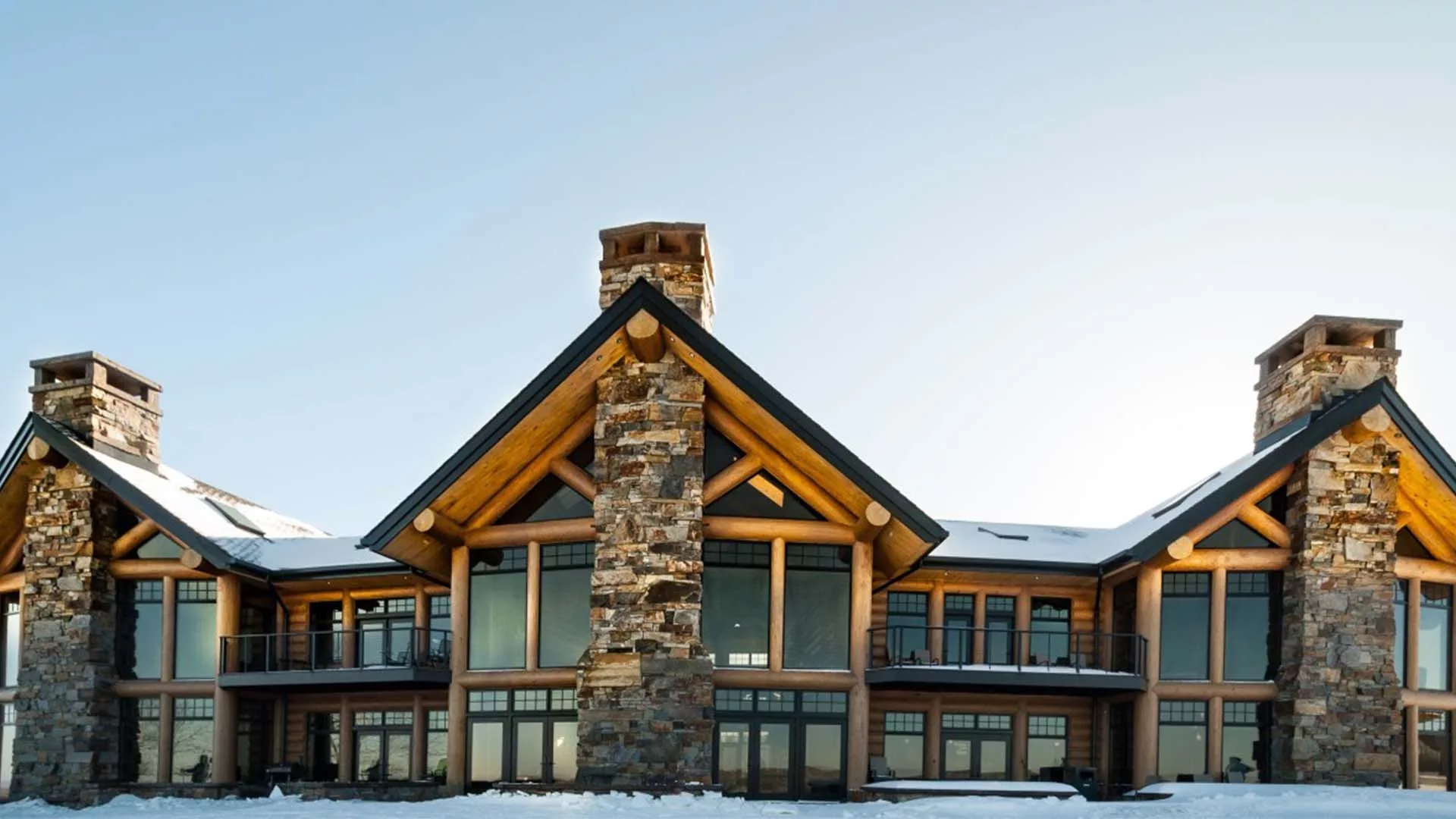Everyone knows the harsh reality of our winters in Minnesota. It lasts for the better half of a year and the temperatures will dip down to below 20 like its nobodies business. Some of us gear up for the winter tundra, spending days on end winterizing our home and property. Then there are some that will shun the cold weather and wait until the last minute to prepare their home for the negative temperatures. Preparing your home for winter will increase the longevity of your home and help you maintain or build value. Whether you see it or not, winterizing your home will save you time and money in the future. Read on to learn more about preparing your home for winter.
1. Heating System
One of the most common problems we see during the winter season is failed heating systems. This comes as no surprise because your furnace or boiler has to work hard during the winter. So to start, you should make sure your heating system is in line and operating efficiently. It is crucial to stay on top of your system’s maintenance, it will help keep energy bills down and prevent future breakdowns. Hiring an inspector will help you identify any existing or future problem(s). It is recommended to have a tune-up each year no matter how new or old your heating system is. Our winters in Minnesota are long, and if you are without heat, this will lead to many other extensive problems throughout your home. The majority of the time these problems stem from a dirty system. Be sure to clean your air filters, and to keep an eye on your PVC vent pipes so they don’t get covered in snow or debris.
2. Ice Dams
Ice Dam on RoofAnother common problem that we see from lack of maintenance is those treacherous ice dams on your roof. These are formed when part of your roof warms up to above 32 degrees F. Most of the time the heat in your home escapes through your ceiling and into your attic. Your roof will begin to warm up in certain sections depending on where the warm air is leaking into your attic. This warm section of your roof will likely cause snow to melt, and when the water runs down your roof it will refreeze when it hits a cold spot, this is the common formation of an ice dam. Ice dams can be a really bad thing if you decide to look past it. They will continue to grow, and trap more water which can and probably will lead to a leak in your roof at some point in time, and a leak in your roof will open up a whole other can of worms.
You should try to prevent ice dams from forming at all costs as they are a burden and the removal process is not easy. To help prevent ice dams from forming, make sure your roof is shoveled after heavy snow. The heavy snow will act as a blanket and produce unnecessary heat which will warm up your roof. Another common way to prevent ice dams is to find the air leaks from your ceiling to your attic, yes this means you will have to crawl up into your attic and rake back the insulation to find the gaps or cracks, you can fill these with foam or caulk either will work. Lastly, it would be wise to make sure you have enough insulation in your attic. You should have anywhere around 12-14 inches of cellulose. Fiberglass works too but cellulose is a lot easier to work in as it won’t make you itchy or wheezy.
3. Windows & Doors
Next on the list is your windows and doors. It is important to pay close attention to both of these for obvious reasons. The majority of your energy expenses will come from heating your home during the winter months. If you have drafty windows and doors this means you are allowing cold air to enter your home which forces your heating system to work harder than it should have. Be sure to check windows and doors for drafts. If you have any drafts the solutions are simple, you should caulk where the cracks are or where the previous caulk has failed. Another solution is installing weather-strips around your doors & windows. This is one of the most common problems that you will run into, the solutions provided are only temporary, replacing a window or door is a more promising solution.
4. Clean Gutters & Chimneys
Leaves Stuck in GutterDuring the fall your gutters are in jeopardy, cleaning them is simple and worth it. It’s important to keep them clean so your gutters can work efficiently. If left unchecked, your gutters will become clogged and it will disrupt the flow of the water. Gutters are designed to keep water flowing away from your foundation. The second your gutters stop doing their job you run the risk of flooding your basement, harming your foundation, or when it all freezes they could break or fall off. Cleaning your gutters can be dangerous, if you do not feel confident I recommend hiring a professional.
For all the people out there who heat their home with wood, clean your chimney or at least have someone come inspect your chimney. We all the know importance of keeping your chimney clean. On average, there are around 25,000 chimney fires a year. Again hiring a professional to clean your chimney is a good idea if you aren’t feeling confident. The National Fire Protection Association says that you should have them inspected once a year. Putting money toward something that will help prevent your home from burning down is well worth it if you ask me. One last thing, check the batteries on your smoke and carbon monoxide detectors. This is pretty basic but it’s worthy of mentioning as fireplaces and stoves are of common use during the winter.
5. Prevent Pipes From Freezing
Frozen internal pipes are detrimental to the functionality of your home and at times even your own safety. When pipes freeze they have the possibility of rupturing which will lead to significant and expensive damage. How do pipes freeze? Lack of insulation. Nowadays they make special insulation designed specifically for pipes. Other common methods include wrapping your pipes with heat tape or heat cables, keeping your thermostat consistent (don’t let your home get too cold), letting your faucet drip so the water cant freeze, and leaving your interior doors open so that the heat can spread evenly throughout your home. Focus on the colder areas in your home first, like the basement. A ruptured pipe will release a substantial amount of water, if left unattended mold will grow from the standing water, any wood that was exposed to the water will rot, your floors can be ruined, etc. The damage is extensive so it’s crucial to be aware of your pipe’s insulation.
Need Help?
It’s more than a good idea to winterize your home and prepare for the below-freezing temperatures. It will give you the best chance to prevent any costly damage to your home and it will help you maintain or even increase the value of your home. If you are in need of assistance with your home’s maintenance, Bruckelmyer Brothers have created a home maintenance and repair program to help the people who don’t have the time, knowledge, or strength to perform the maintenance of their home.


